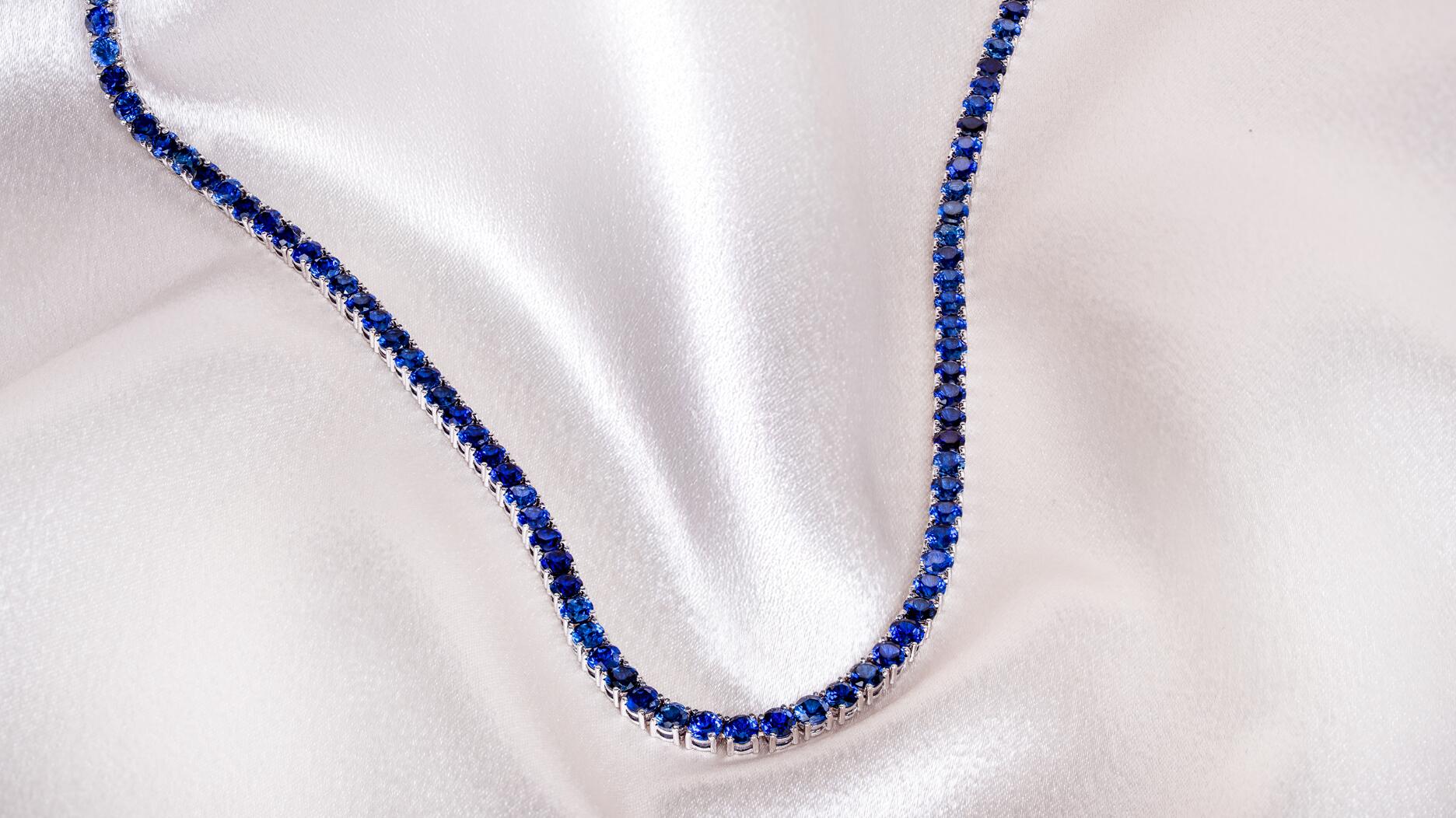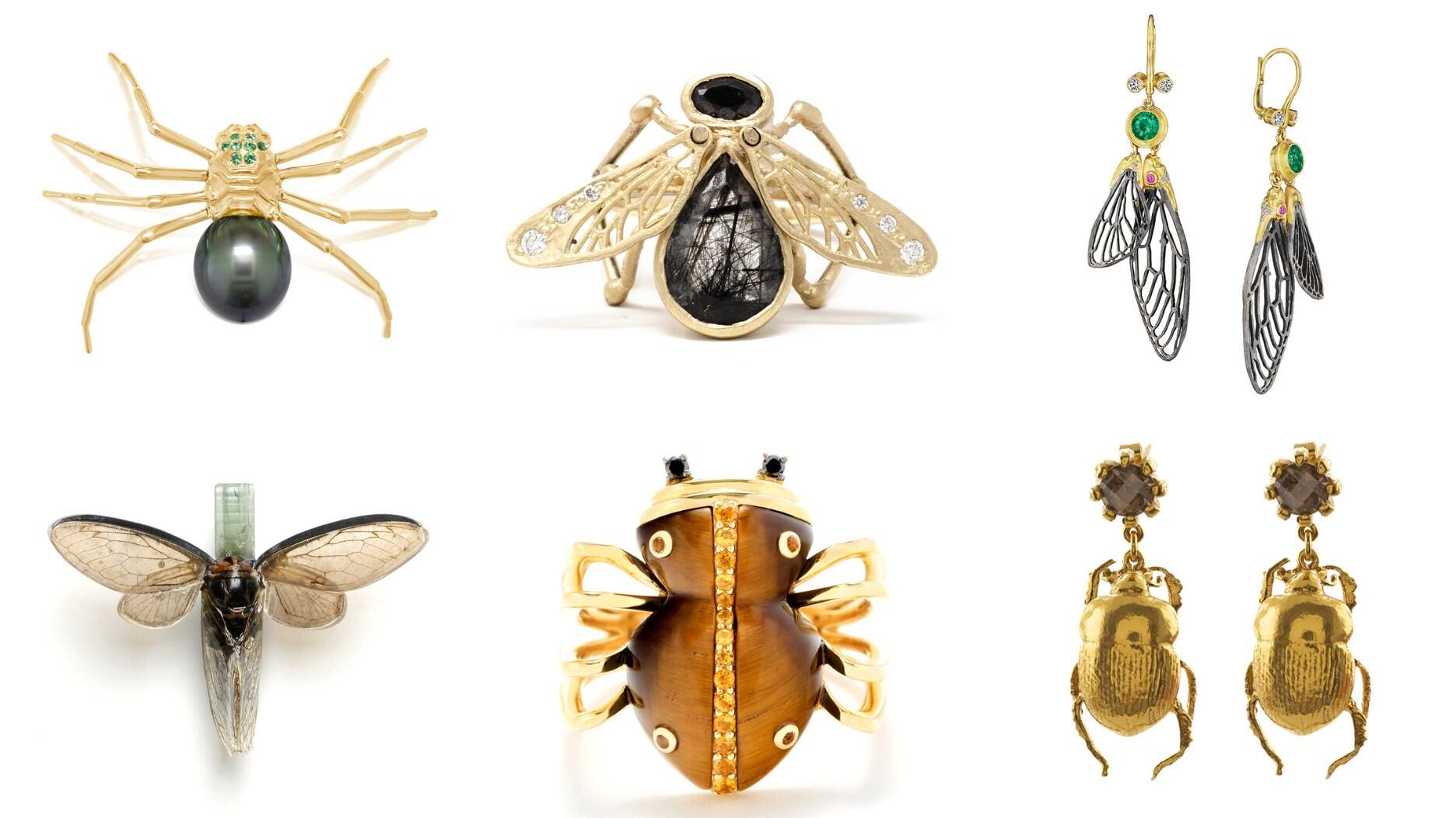Set in a Tiffany & Co. necklace, it sold for $4.2 million, the highest price and price per carat paid for a Paraíba tourmaline at auction.
Postcard Carlsbad: 3 Notes from GIA Symposium
Vision, flexibility and a call for gender diversity were among the points that made it into Editor-in-Chief Michelle Graff’s notebook.

Earlier this month, I headed out to the Gemological Institute of America’s headquarters in Carlsbad, California for the second time in my 11-year career at National Jeweler.
The occasion: GIA Symposium, the sixth such event organized by the institute, and the first to take place since 2011.
Symposium 2018 was a two-day event that divided education into two “tracks,” the Research Track and the Business Track. Three Harvard Business School professors led the sessions on the latter, which gave participants the opportunity to earn an HBS certificate.
The event wrapped up last Tuesday evening with what GIA dubbed the “Futurescape Forum,” a panel of five men and one woman (more on that later) assembled to weigh in on predictions made at the last Symposium seven years ago.
During the two-day conference, I traversed the hallway between the Westin Carlsbad’s Grand Pacific Ballroom and the Sunset Ballroom, bouncing back and forth between the informative HBS sessions and the research track, which included lectures on lab-grown diamonds, colored stone origin and a lot of science that, while interesting, was sometimes way over my head.
Overall I enjoyed the experience because, hey, it’s California. As I was leaving the palm trees, sunshine and perfect weather to return to the soupy mess that was, somewhat inexplicably, New York City in October, I wrestled with the same question I confront every few months: Why do I live here again?
Please enjoy my Symposium insights below; those who attended can feel free to add their thoughts in the comments section.
1. Diamonds are graded using the four Cs. Vision is assessed using only three.
One of the three Harvard faculty members leading lectures at Symposium was David Ager, a senior fellow in executive education at Harvard Business School.
As anybody who took one of his sessions can attest, Ager is an entertaining and engaging lecturer who bounds around the room like a wind-up toy with an endless supply of kinetic energy.
“I’m getting my steps in today,” he told the class Monday morning while presenting what turned out to be my favorite HBS session of the two-day conference: a case study on Jean-Claude Biver, the longtime watch executive who just announced he is semi-retiring, and his role in the re-emergence of the Swiss watch industry following the quartz “crisis.”
In his session, Ager talked a lot about Biver’s vision and, in a tongue-in-cheek appeal
They are: Conviction, the willingness to put your reputation on the line for said vision; Clarity, meaning the vision must clearly address an existing problem or meet a need; and Commitment, meaning the vision must capture the imagination of those around you and connect to a future reality with which they identify.
A vision, Ager noted, is not real until others adopt it, and should be constantly evolving.

2. Flexibility is key for employers to attract top talent today.
Overall, I thought much of the ground covered by the Futurescape Forum was not groundbreaking. We know that omnichannel is the future of retail and that younger consumers today want something “different,” which is why custom design has become so important.
Also, as much as I enjoyed Ager’s enthusiasm as a lecturer, as the forum’s moderator I thought he misfired when the discussion turned to lab-grown diamonds and their role in the industry going forward.
When the question came up, I assumed Ager would go first to panelist Bruce Cleaver, CEO of De Beers Group, since his company, you know, just launched a lab-grown line that’s set the industry on its collective ear.
But no, he put the question to the panelist whom I would say has the least interest/stake in lab-grown diamonds—Christie’s International Head of Jewelry Rahul Kadakia, whose business centers on selling stones like the 18.96-carat “Pink Legacy.”
Cleaver did weigh in on lab-grown diamonds a bit—basically saying the same thing De Beers has said since it announced Lightbox, that lab-grown diamonds are just for fun—but what I wanted Ager to ask was, how is Lightbox selling so far? And, how do the other panelists see the line impacting their businesses, particularly when it comes to sales of lower-priced fashion jewelry?
Despite the lab-grown question miss, the conversation did veer into some interesting territory when it came to the topic of hiring, with a few of the panelists commenting on employers’ need to be more flexible today.
Panelist Andy Johnson, CEO of Diamond Cellar Holdings LLC, said his company used to bypass candidates who, for whatever reasons, needed more flexible schedules.
Now, his five-store chain had adopted the philosophy of customizing the workplace in order to attract the right talent, even if that means hiring someone who can or wants to work only three or four days a week.
Blue Nile CEO Jason Goldberger added an anecdote about opting to hire an employee who has a desirous skill set but came with an unusual request—she wanted summers off.
Goldberger said while he would have flat-out rejected such a request a few years ago, he’s come around to the idea of working with candidates who ask for more flexible schedules. In her case specifically, he determined that nine months of contributions from this woman, whose work he loves, was better than zero and potentially losing her to a competitor.
3. The Futurescape was not female enough.
Since I started writing this post on International Day of the Girl, I could not leave out one of my favorite moments from GIA Symposium.
During the Q&A session following the Futurescape Forum, Jewelers Vigilance Committee Senior Counsel Sara Yood was first to step up to the mic, and she put this question to the panel: “I wonder what you’re doing to make sure that at [the next] Symposium, there is more than one woman on this panel?”
Yood’s question drew a hearty round of applause, which frankly made me jealous. I wish I had been the one to jump up and ask it, as I’d been wondering the entire time: Why is a five-man, one-woman panel leading a discussion on the future of a product—jewelry—that’s largely desired and consumed by women?
Now, the last time GIA held Symposium was in 2011, though GIA CEO and President Susan Jacques hinted that the institute might not wait another seven years before it holds the next one.
Given that, I’d like to take Yood’s inquiry a step further and suggest a few panelists to participate in the next Futurescape Forum:
— Lisa Bridge, Ben Bridge Jeweler. In November 2017, the now 33-year-old Bridge became the first woman to lead her family’s jewelry store chain, and is working to rebrand the business and revamp its 92 locations.
You can read more about Bridge’s plans in this Q&A I did with her shortly after she was named president last fall.
She was sitting behind me during the panel and, like a true lady boss who’s always working it, had to leave shortly thereafter to conduct another round of store visits.
Who better to speak on the future of retail than a millennial woman who’s running one of the biggest jewelry store chains in the country?
— Karen Goracke, Borsheims. Topics covered by the panel included the need for storytelling when selling, and the future lab-grown diamonds will play in the industry. I visited Borsheims in Omaha, Nebraska this past spring, which is why I know the store’s CEO can provide perspective on both these topics, and more.
Borsheims carries a line called Kalahari Dream Diamonds, which are sourced by Leo Schachter and directly benefit desert communities in South Africa, Namibia and Botswana. It’s a great story to tell that isn’t lost on consumers; when I was at Borsheims, two women looking at a display case of Kalahari Dream Diamonds were telling me how a portion of the proceeds from the stones’ sale went to build wells in Africa.
Alongside these mined diamonds that give back, Borsheims carries lab-grown diamonds, with Goracke telling me in May 2017: “We realize they are part of the industry, whether you are in favor of them or not. They’re out there. Rather than hide from it, we decided to … have the offering for the consumer who’s interested in it.”
Sounds like the right perspective to me.
—Dorothee Gizenga, Diamond Development Initiative. I would move for Gizenga to have more visibility at industry events across the board, as I think what her organization does is incredibly interesting and important.
Gizenga heads the Diamond Development Initiative, which is working to regulate artisanal and small-scale diamond mining so that it is safe, sustainable and benefits the miners, their communities and their countries.
She can certainly contribute to any conversations about sustainability and consumer perception of diamonds moving forward, as well as add perspective about lab-grown diamonds.
JCK’s Rob Bates did an interview with Gizenga just last month about man-made stones and their potential impact on the millions of people who make a living in artisanal mining, and the article is worth reading.
One last note on the future Futurescape Forum: I also have suggestions for knowledgeable women in the industry who would be willing and able to moderate (ahem).
The Latest

The jeweler’s “Deep Freeze” display showcases its iconic jewelry designs frozen in a vintage icebox.

Take luxury gifting to new heights this holiday season with the jeweler’s showstopping 12-carat sphene ring.

How Jewelers of America’s 20 Under 40 are leading to ensure a brighter future for the jewelry industry.

This year's theme is “Unveiling the Depths of the Ocean.”


In its annual report, Pinterest noted an increase in searches for brooches, heirloom jewelry, and ‘80s luxury.

Starting Jan. 1, customers can request the service for opal, peridot, and demantoid garnet.

Roseco’s 704-page catalog showcases new lab-grown diamonds, findings, tools & more—available in print or interactive digital editions.
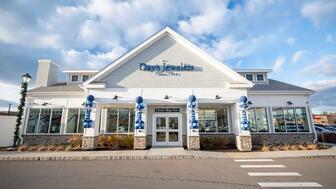
The 111-year-old retailer celebrated the opening of its new location in Salem, New Hampshire, which is its third store in the state.
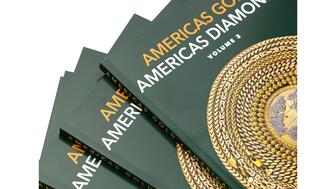
The new catalog features its most popular chains as well as new styles.
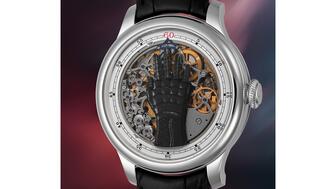
The filmmaker’s personal F.P. Journe “FFC” prototype was the star of Phillips’ recent record-setting watch auction in New York.

The new location in the Design District pays homage to Miami’s Art Deco heritage and its connection to the ocean.

Inflations, tariffs, and politics—including the government shutdown—were among consumers’ top concerns last month.
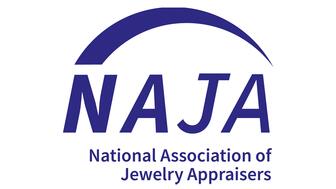
“Longtime favorite” presenters, as well as first-time speakers, will lead talks and workshops at the annual event in Tucson next year.

Silas Smith of Meridian Metalworks won the challenge with his pendant that blends Australian and American landscapes.
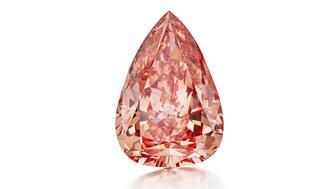
The sale of the 31.68-carat, sunset-hued stone was part of Sotheby’s first series of events and auctions in Abu Dhabi.
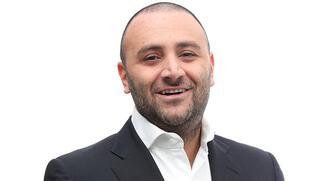
Most customers who walk into your store this month have made up their minds. Your job is to validate their choice, Emmanuel Raheb writes.

The collection features characters and motifs from Ukrainian folklore, including an enchanted mirror and a magic egg.
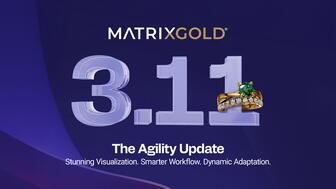
MatrixGold 3.11, the newest version of the jewelry design program, offers more flexibility, precision, and creative control.

The pavilion will be part of the 2026 JA New York Spring show, scheduled for March 15 to 17.

Kadet, a 1994 National Jeweler Retailer Hall of Fame inductee, helped grow the family-owned retailer in the Chicago area and beyond.

Billed as the world’s smallest wearable, Lumia Health’s new smart earrings have a health tracker subtly embedded in the back.
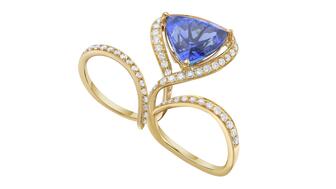
Don’t let those with December birthdays feel blue. Help them celebrate their month with blue zircon, turquoise, and tanzanite.

The new pink sapphire version of the piece dances with its wearer in the brand’s “Icons After Dark” holiday campaign.

A choice that’s generated a lot of commentary, Pantone says “Cloud Dancer” marks a fresh start and encourages relaxation and creativity.
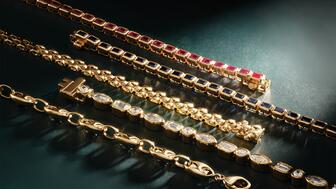
The manufacturer’s holiday campaign features a gift guide filled with trending designs and jewelry that can be personalized.
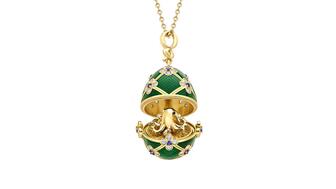
The man was charged with theft, accused of ingesting the necklace while in a jewelry store in Auckland, New Zealand.









